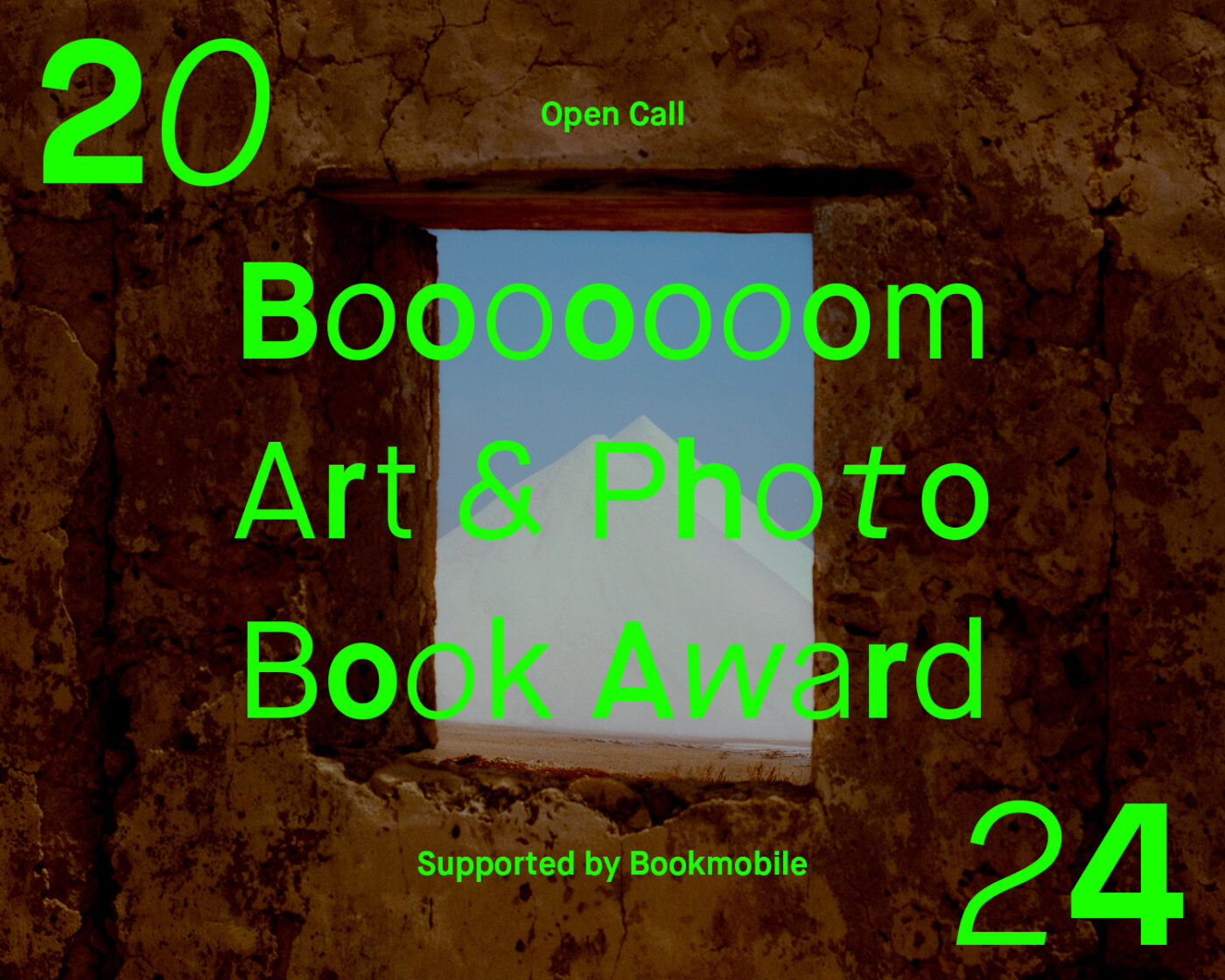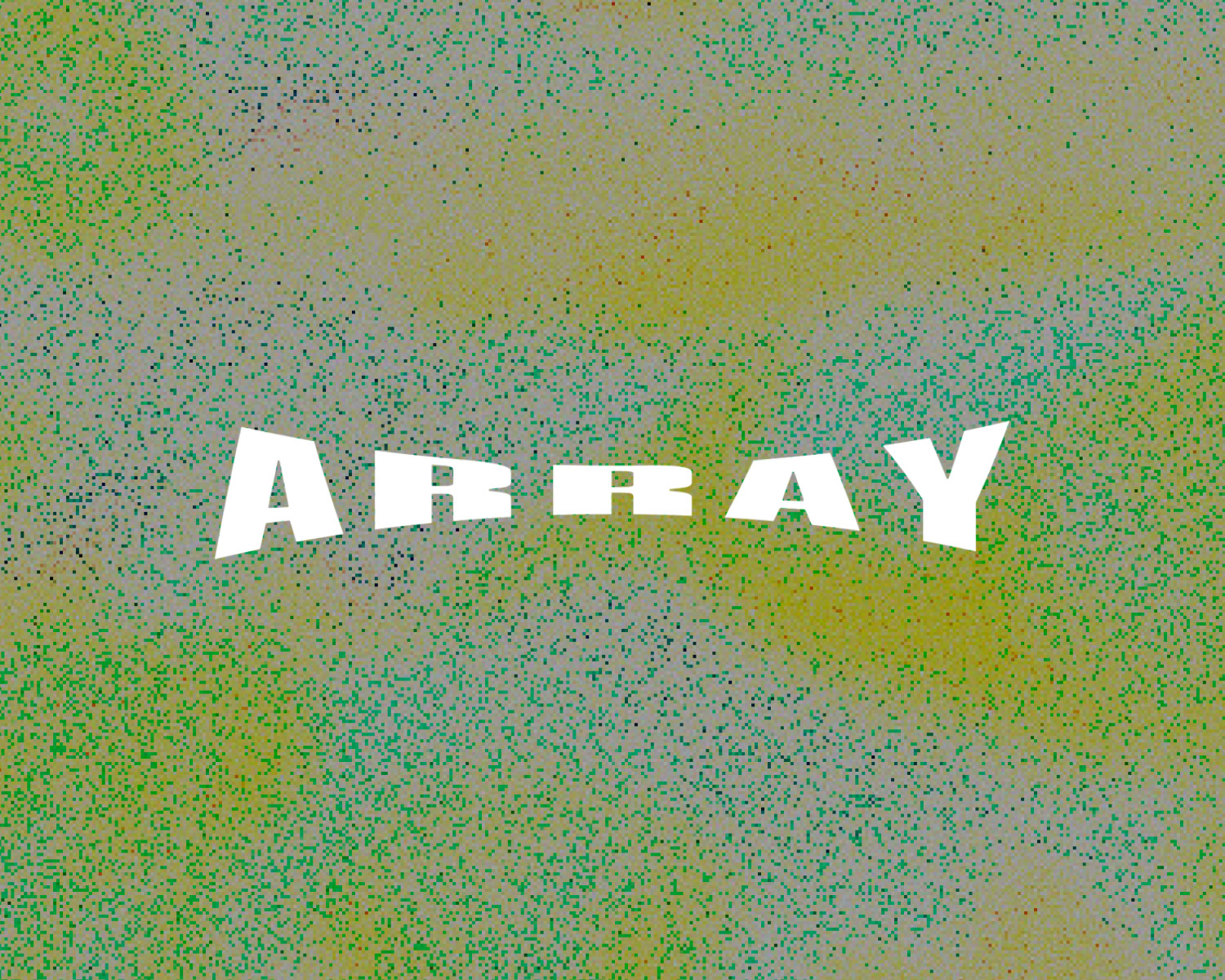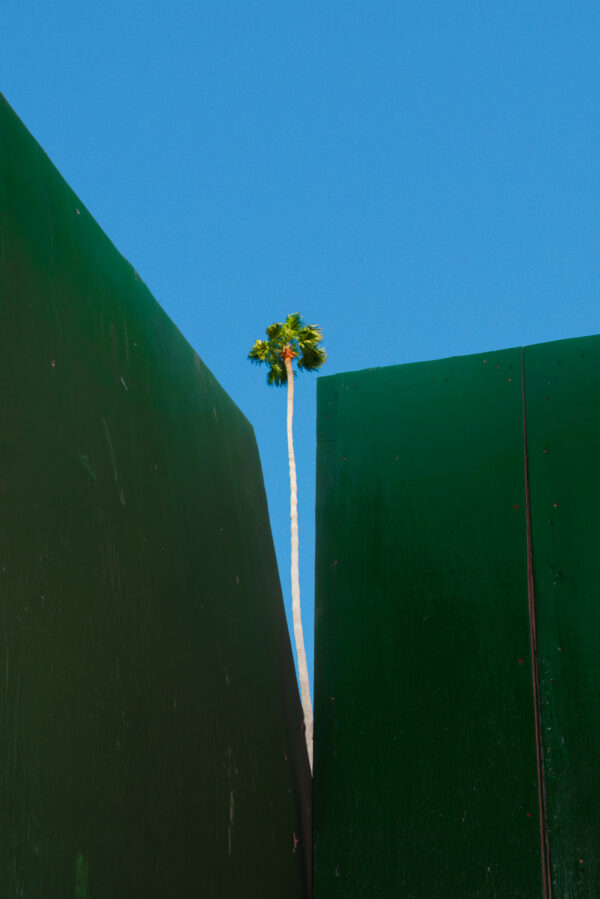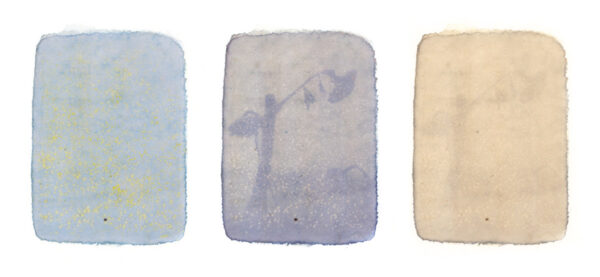Gabriel Esteban Molina was the artist selected from our Capture Public Art Open Call this year! Thanks again to everyone who submitted. Gabriel is a first-generation Canadian of Chilean descent, who spent his early years between Edmonton and Quilpué, Chile where his family is from. Gabriel’s images have now been installed at the Lansdowne Canada Line Train Station, here in Vancouver, as part of Capture 2024.
The images on display are from Gabriel’s series “The Great Divide” which draws on the connection between photography and nostalgia. Using various landscape and natural imagery taken by Gabriel over the course of his life, the works are meant to highlight the precarity of digital media as a tool of preservation. I had the opportunity to ask Gabriel some questions to provide more context for the work. Check out our full interview below!
Jeff Hamada: Where are you right now? What’s outside the nearest window?
Gabriel Esteban Molina: I’m in my basement studio in Edmonton, Alberta looking out my window at some dead weeds blowing in the blue sky.
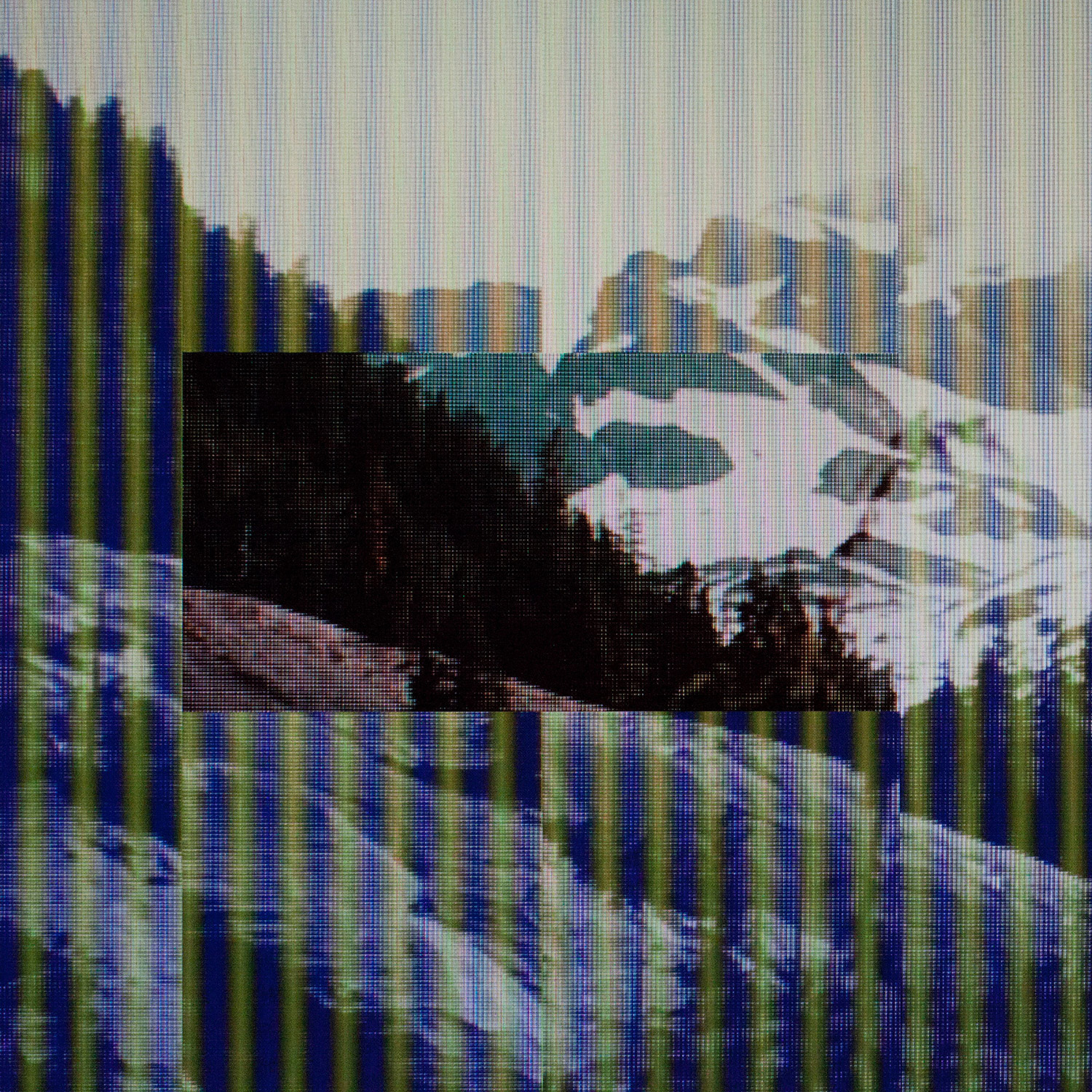
Do you come from a creative family?
I’d say yes. I’m from a working class background, my father was an insulator and my mother a seamstress and hairdresser, and they were both creative people who worked with their hands. My father taught me to draw at an early age and I always loved doing crafts and painting with my mother. Though neither of them pursued art in any kind of serious way, I suspect they both had the chops to take a run at it in a different life, and I’m fortunate that they both encouraged my artistic pursuits.
Was there something specific that you saw or experienced that made you want to start making art?
I’ve been making art one way or another my entire life, I think it’s always just been natural for me to want to use my hands to make something, whether it was playing with clay or legos or drawing. And once I started having fun with photography and video, I was inspired just to record anything remotely cool or interesting I saw. Even now working mainly with photography and video, I’m still using my hands to hold and operate the camera.
Can you share a bit about your creative path? What are a few significant moments in your journey as an artist that have led to the work you are creating now?
I completed my Bachelor of Fine Arts at the University of Alberta in 2013. I studied painting, drawing and sculpture. I was skilled in realism and portraiture and was doing figure paintings of my friends watching tv and using smartphones and doing drugs and just being generally checked out, with the screen as a sort of pervading presence throughout. I was going to school during the rise of camera phones and smartphones and social media, so during my studies I was using my Blackberry Pearl 9100 to take pictures and record videos wherever I could, recording interesting visual phenomena or natural processes happening in nature, what I liked to call at the time “moments of the universe” such as melting ice, water rushing down the road, a candle flickering to the beat of a bass drum, or modulating the twinkling moonlight on the icy snow as I walked home from the studio. These moments felt like little meditations where I was connecting tangibly with the world as it happened and taking in the wonder of these mundane natural processes that we ignore happening all around us.
As luck would have it, one day I pulled out my smartphone, and I saw my TV through the camera and it occurred to me to take pictures of my screen. Later that night as I was binge-watching madmen and decided to hold my phone against the screen and start taking pictures and recording. Playing with focus and scale also allowed me to remove context from my images and create something that didn’t exist before which was closer to a painting than a photograph and more alive as it seemed to have built in optical effects like interference patterns. I was fascinated at how I could achieve results that looked like digital art or net art but by exploiting the unexpected and accidental interactions possible between a camera and a screen and without the use of any software. I never saw myself heading down the trajectory of making abstract lens-based work but it was so visually rich and visceral, and my process meant I could make work while at my job with just my phone and my laptop.
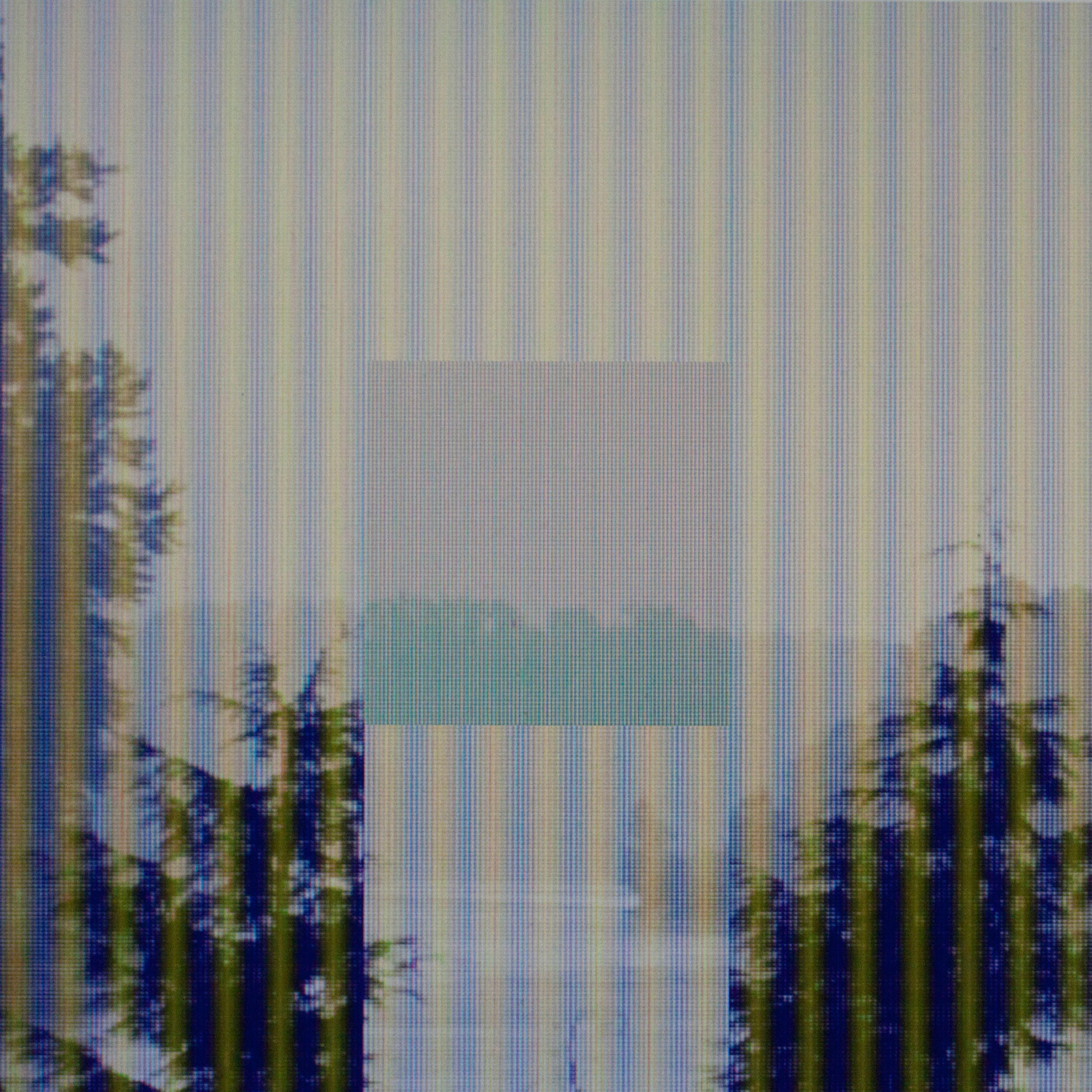
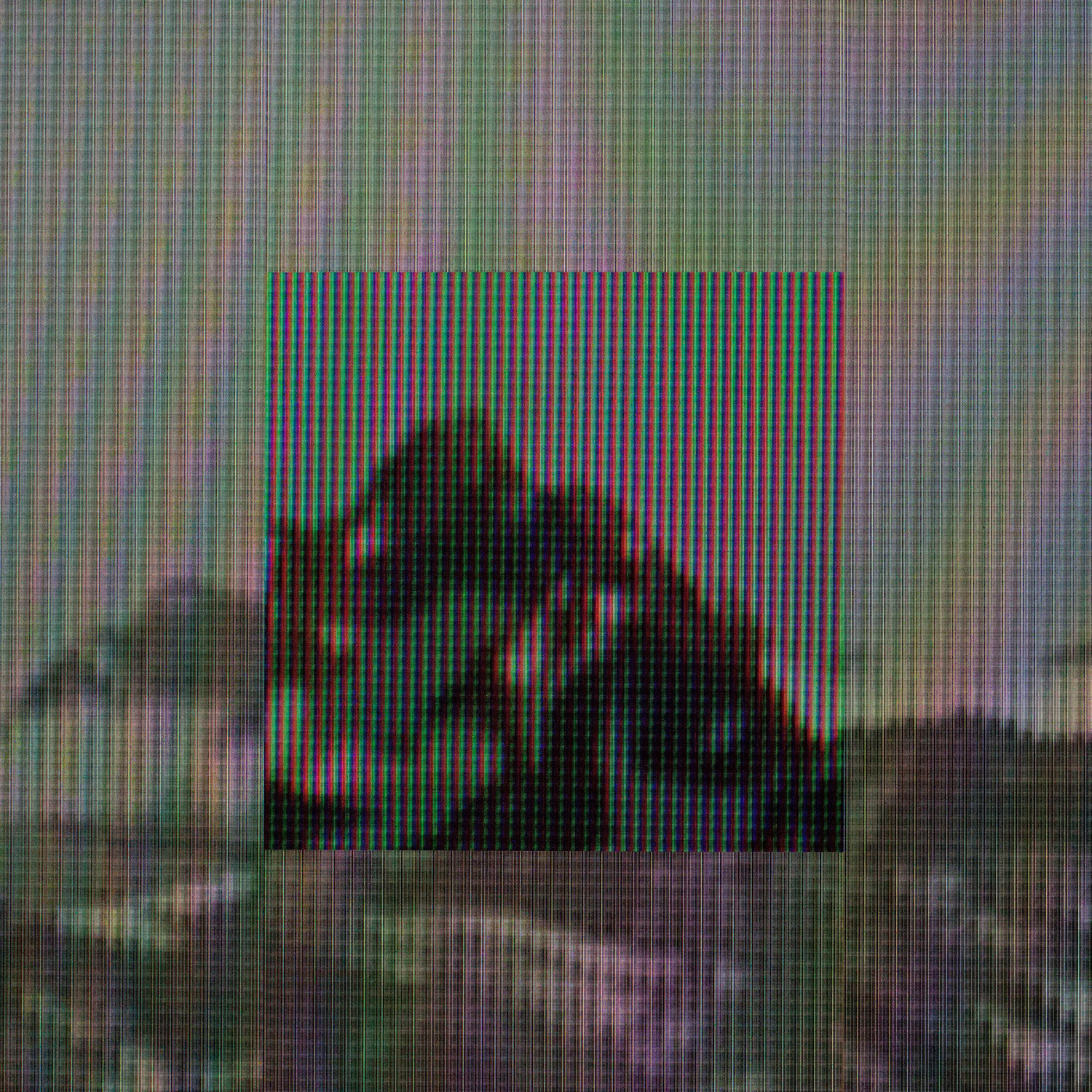
After years of working in this way and doing some residencies, I found myself slowly allowing some context and representation in my work, starting to show some of the real world through this digital lens. During the pandemic I grabbed a GoPro MAX and started doing these ambient 360 shots of my house and its surroundings, a house that I had lived in on and off with my mother and dog since high school. This felt like I was coming out of the other side of this abstract esoteric digital rabbit hole I started in so long ago and my practice was coming back around full circle to showing the sights and sounds of the real world.
What is the connection between technology and memory for you?
Very early on in my process I began recording videos of digital photographs from Chile as I visited just after graduation and it is always a very bitter sweet experience to be torn between homes and having to leave one place for another. I made a series of GIFs out of these videos of photos that felt like I was reanimating the still image and giving me a sensation of being there again, and whether my work was tending to abstraction or representation, I was always aware of the moments and places captured in the source imagery.
In recent years the connection between technology and memory became much more pronounced as my practice shifted and began making space for representational imagery. A very tumultuous series of events that would follow including being evicted by a new landlord and the death of my elderly dog Layka at 16 years old, almost the exact time we had lived at that house. Fortunately I had been recording that 360 footage for months for no reason, and this led me to gather all my recordings and photos to try and piece it all together. This extremely difficult time ended up being the perfect avenue to explore 360 videos, extended reality, and photogrammetry; lens-based technologies used in archaeology, architecture, and real estate and development. Now it feels like all the separate threads of my practice are coming together under the banner of memory and it seems like the natural evolution of lens-based practice as part of the greater human practice of recording memory. And going back through history, how much of the art and monuments and material culture from ancient civilizations is dedicated to recording information? Recording our stories so that they can transcend death, and cultures can continue on generation after generation, has been a driving force for technological development from the beginning.

When people encounter images from your series The Great Divide on the street, what sort of reaction do you expect they’ll have?
I like to imagine that people catching a glimpse of them as they’re walking by won’t know what they’re looking at immediately, and they might try and take a step back to look at it all, and look at it from different angles. I’ve always loved the idea of playing with the viewer using scale and texture and focus to change the viewer’s actual physical experience of seeing the work, making them have to work a little bit, and rewarding people for the time they spend looking at it. I hope that the time they spend with it can take them away from any stress or hustle and bustle and just give them a moment to look at something.
Is there something specific you want them to think about?
I think we get accustomed to seeing and forget how visceral an experience it is, and I hope that my work can make people feel their own sense of sight, and remind people what happens when you take your time and really look at something. Even if they’re not thinking about anything in particular and just meditating on the image, that’s great too.
And not to sound too much like a doomer but already pictures of snow on mountains are slowly becoming more common than actual snow on mountains, and can we even trust our technology to keep records of this when physical media like CDs become unusable after like a decade, compression artifacts and errors in the image itself are caused by repeated copying, and it can all be wiped out by a strong enough solar flare. Nature is the first artist and we’re all just working in its shadow, and if anything I hope my distorted mountain images can make people appreciate the mountains, and the natural world, even more.


What’s inspiring you lately?
I’m in my photogrammetry era right now and it’s basically all I can think about. The process of structure from motion is the most exciting lens-based technique out there and all I want to do all day is make spaces from photos and videos. I’ve been making models using walk around recordings taken with my GoPro MAX 360 camera by turning the video into frames and then processing those through Metashape. I’m finding any excuse to get outside and photoscan, as the generated models are so complex and interesting in how they attempt to portray things that they struggle with like moving pets and the sky, which are generally edited out of the process. I’ve done some local workshops to get other artists excited about it as well, because it’s a pretty amazing feeling to take 50 photos of something and see it recreated faithfully on a computer. The models have qualities that are both solid and liquid, and moving and still and working with those models feels very similar to my original processes, as I’m using a digital copy of a thing as a material to distort and manipulate, after photographing the real thing directly. I’ve been using my GoPro to record walks around my neighborhood and turning those into 3d models. This has also let me recreate my house as it was when it was lived in, Layka included, and using video frames gives it a kind of ghostly quality as well.

Is there a piece of advice someone has given to you that you’ve found to be true?
I wish I could put together all the advice I got into a book, because I got most of it from one of my sculpture instructor at the U of A. “Make art about what it is to be alive right now” he would say, and he was absolutely right. He also said “if your art connects even with just one person that it is worthwhile”, and he was also right about that too, because when someone comes up to you to tell you about how much they loved a piece or connected with it, it really makes it worthwhile. His courses were really intense but he was one of the only instructors truly preparing students to be working professionals in the art world. I don’t remember where I heard this one but “Garbage in = garbage out” is a great one too from computer science that applies in art as well, which is whatever you surround yourself or are interested in, will end up in your work, especially if you leave space for the accidental, unintentional, and subconscious in your work, and it can end up teaching you about yourself.

What’s next for you?
I’ve been taking an extended break from posting on social media but I’ll be posting some new work soon, and I’ll be launching the exhibition catalogue for my solo exhibition Memory Palace at Latitude 53 on April 12th with AR interactions using the Memory Palace AR App. I’ve got a couple solo exhibitions coming up this year too, first showing new work from my project Memory Palace at Yamamoto Keiko Rochaix in London, England this summer which I am very excited about, as the pandemic delayed my return to London. Afterwards I’m back in Alberta in the fall for Scouring Heaven and Earth at the TREX Space in Medicine Hat. It’s a busy year thankfully and I’ve already got some stuff in the pipeline for 2025 to look forward to as well!
Call to Submit: Art & Photo Book Award
If you have a specific series or a cohesive selection of work that you want to turn into a book, we want to see it!
Learn moreCall to Submit: “Array” Photo & Art Features
Submit single images to be featured alongside the work of other artists and photographers as a group feature.
Learn moreRelated Articles

